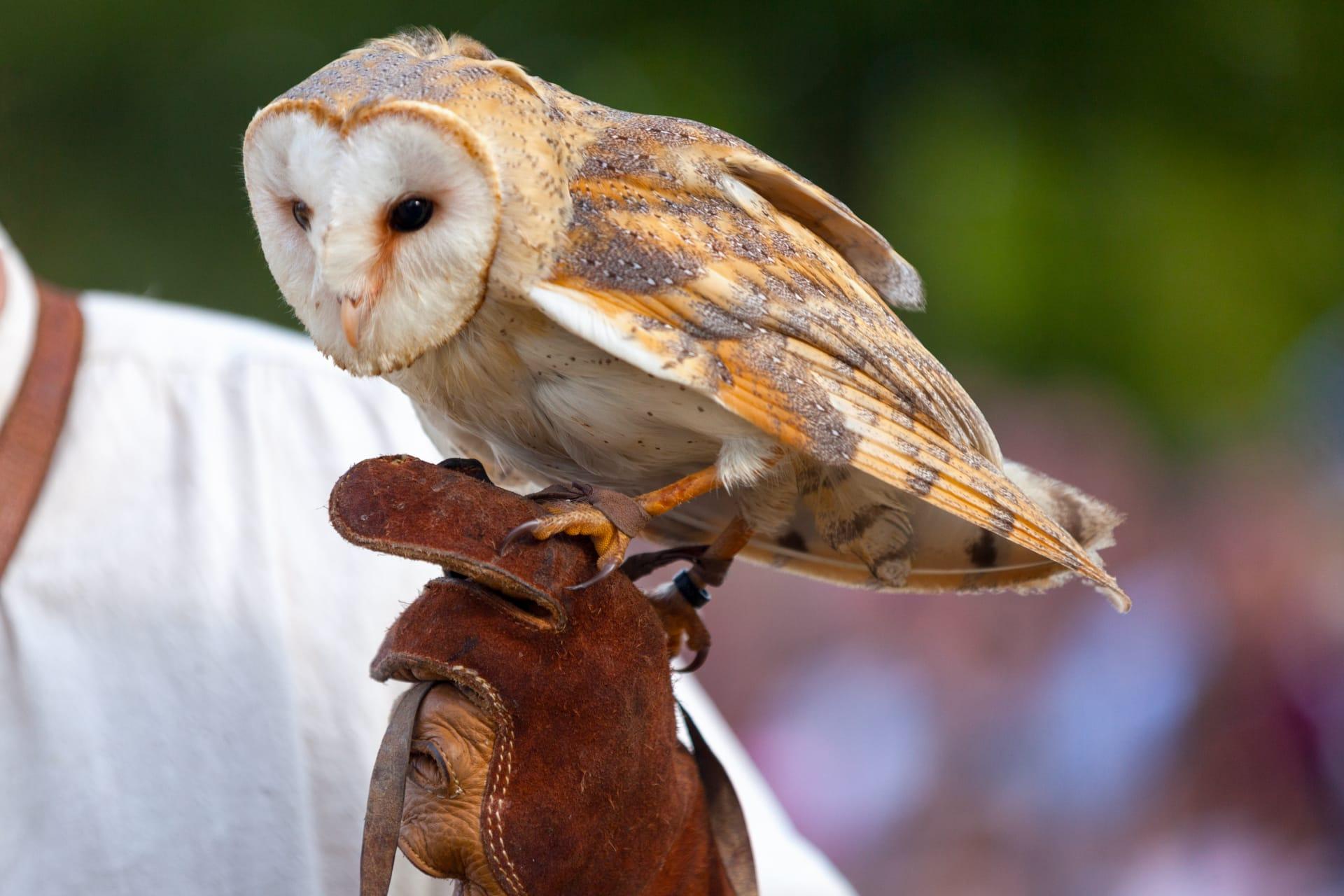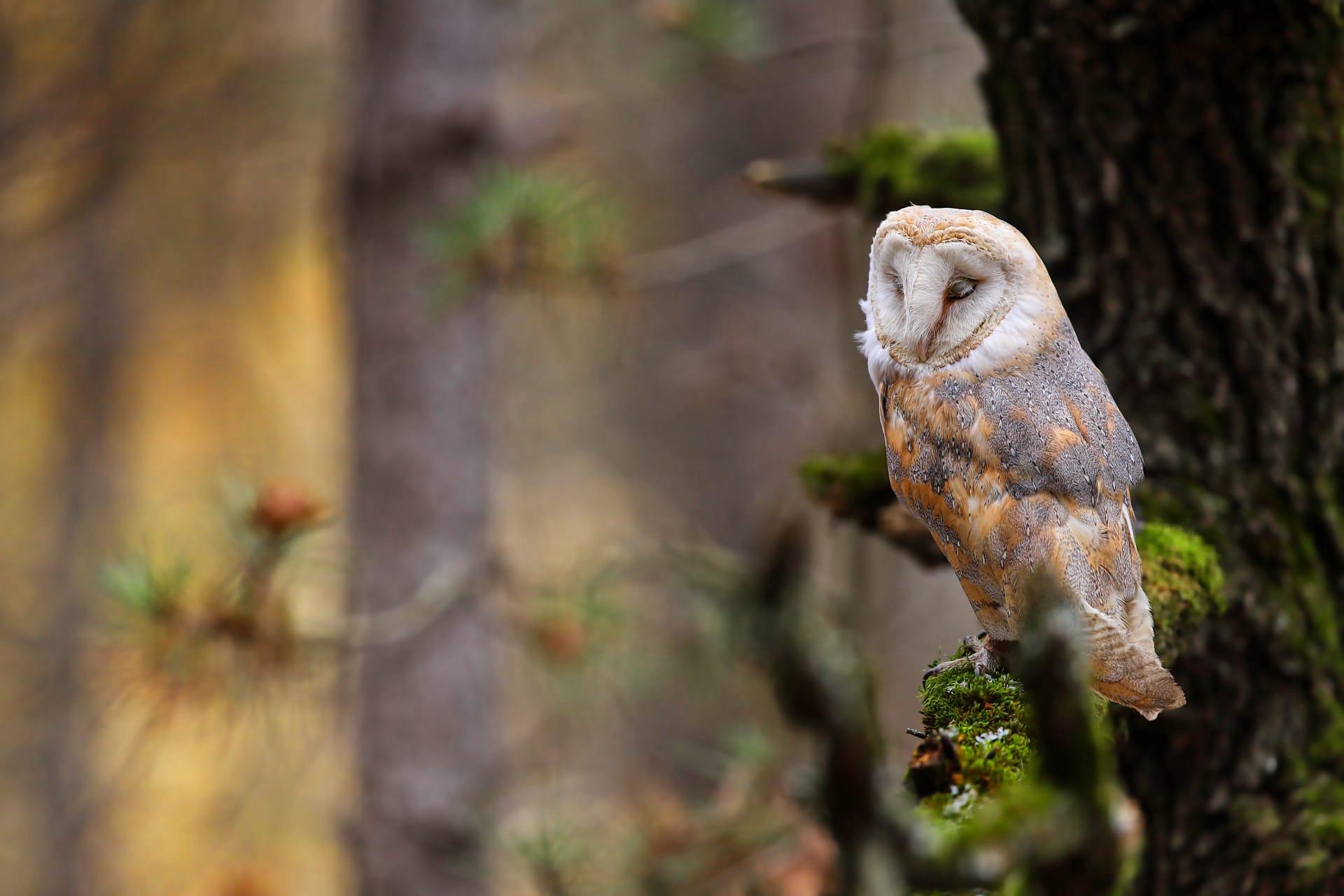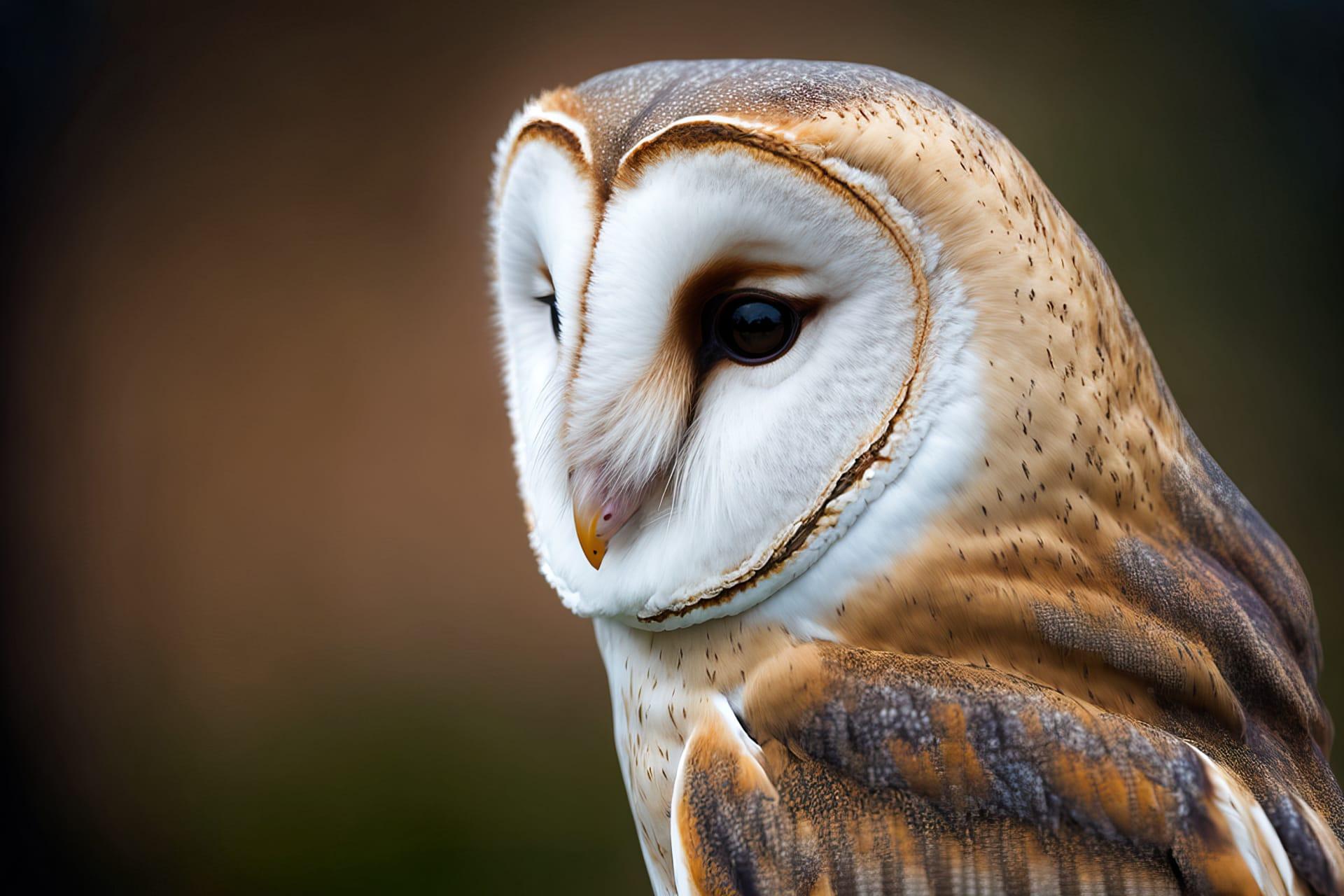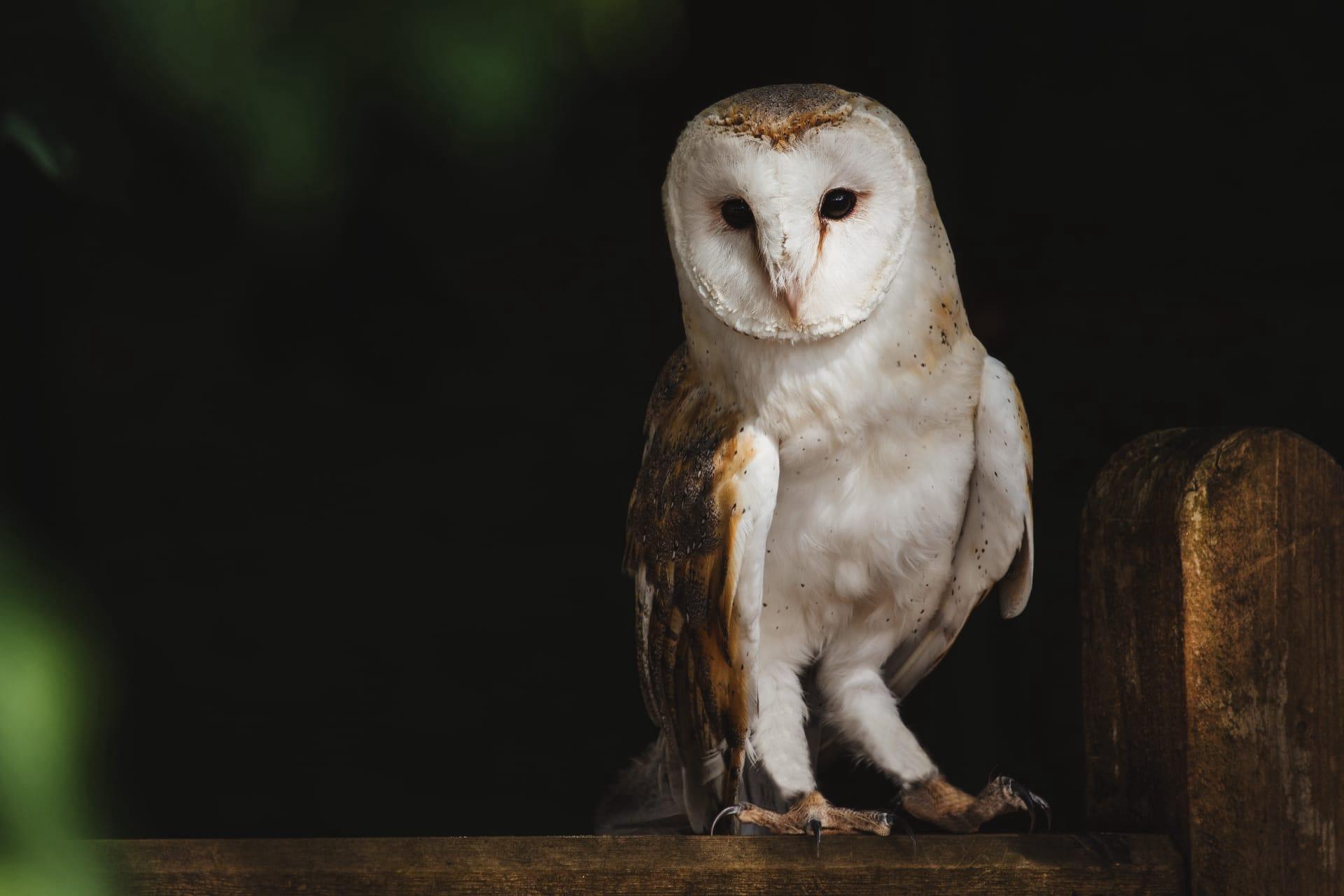Barn Owl
- Home /
- Mini Encyclopedia /
- Animal /
- Barn Owl
1
The Barn Owl, scientifically known as Tyto alba, is a distinct species within the family Tytonidae. This bird of prey stands out with its heart-shaped face, unlike the round faces of most owls. Its plumage, predominantly white with golden-brown streaks, aids in camouflage during nocturnal hunts. The Barn Owl exhibits slight variations in size and color across its subspecies, which are spread globally. Remarkably adaptable, they occupy a range of habitats, from urban outskirts to dense forests, but they prefer open areas like grasslands for hunting.
Barn Owls have an extensive global distribution, making them one of the most widespread of all bird species. They are found on every continent except Antarctica. In North America, they span from the northern United States down to South America. Europe, Africa, and Asia also host significant populations. These owls are typically resident birds, staying in one area year-round. However, some populations in northern regions may migrate south during harsh winters. Their presence across diverse geographic locations is a testament to their remarkable adaptability to different environmental conditions.

2
Question: Do Barn Owls hoot like other owl species?
Answer: Contrary to popular belief, Barn Owls do not 'hoot' like many other owl species. Instead, they produce a distinctive, eerie screech. This screech, often heard at night, can be unsettling but is a key communication tool for the species. It's used primarily during the breeding season, either as a mating call by males or as a means of communication between mates and their young. This unique vocalization distinguishes them from other owls, who are known for their characteristic hooting sounds.

3
Barn Owls have evolved several survival strategies that make them efficient nocturnal hunters. Their exceptional hearing, aided by asymmetrical ears, allows them to detect the slightest movements of prey in complete darkness. This auditory prowess is complemented by silent flight, a result of their uniquely structured feathers. This silent approach makes them deadly hunters, able to swoop down on unsuspecting prey without any warning.
Additionally, Barn Owls have a keen sense of sight, particularly in low light conditions. Their large eyes are highly sensitive to light, enabling them to see even in the dimmest environments. This visual acuity, combined with their auditory abilities, makes them formidable predators. Their diet primarily consists of rodents, which they help control, thus playing a crucial role in maintaining ecological balance.

4
In the ecosystem, Barn Owls serve as crucial biological control agents. By preying on rodents and other small mammals, they help regulate these populations, which can otherwise become pests. Their hunting activities contribute to the health of agricultural fields and forests, reducing the need for chemical pest control methods.
Barn Owls also play a role in the food chain, both as predators and prey. While they hunt smaller animals, they are also preyed upon by larger birds of prey and mammals. This predator-prey relationship is essential in maintaining the ecological balance. Furthermore, their nests, often located in tree hollows or abandoned buildings, contribute to the ecosystem by providing habitats for various insects and other small creatures.

5
Film: "The Secret Life of Owls" is a documentary produced in Canada in 2017. It delves into the mysterious world of owls, including the Barn Owl, showcasing their nocturnal activities, hunting techniques, and unique behaviors. The film offers stunning visual insights into the life of these elusive birds, revealing aspects often unseen by the human eye.
Book: "Owls of the World" by James Duncan, published in the United States in 2003, is an extensive guide to owl species, including the Barn Owl. It provides detailed descriptions, habitat information, and insights into the behaviors and life cycles of various owl species. Duncan's expertise as an ornithologist brings a comprehensive and engaging perspective to the subject.
Book: "Barn Owls: Predator-Prey Relationships and Conservation" by Iain Taylor, published in the United Kingdom in 1994, focuses specifically on the Barn Owl. It explores the bird's hunting habits, its role in the ecosystem, and the conservation challenges it faces. Taylor's work is an important resource for understanding the environmental significance of this species and the need for its protection.